Following a bit of a discussion I had online with others, I had decided to write another post on this topic that I’ve already worked on once. You can see the original post here. I think there are multiple schools of thought on how the game of Weiss is meant to be played and decks designed. I want to reiterate that there is no singular way that marks the “correct” way to play the game; however, I want to offer more insight into a different school of thought with my approach to the game.

I think the above screenshot of a comment best describes the current situation with Weiss. A large portion of the player base believes that deck designs are meant to create the strongest fifty card deck and nothing else. This is why measures to put in limitations and restrictions to deck building are virtually pointless. If the narrative is always to produce the most busted pile imaginable, which would imply the use of mixing the strongest profiles in a set with the most consistent and efficient utility pieces, then the game itself would carry little to no creativity in the field of deck design. Simply to put it, deck building is a race to see who can identify the best cards of each category and then mash them together into a “solved” pile.
While it is true that traits, colour, name, and set partitions are technically arbitrary limitations; I would not go as far as to say their existence is to stifle or induce the concept of innovation. My post here isn’t to provide direct commentary to the Discord message above. However, I do want to highlight some points from there. Traits, colour, names, set partitions, and so on, are crucial to the identity of the game as a whole. These categories, while appearing and acting in game play as arbitrary limitations, exist to create some boundaries while also giving some direction in terms of deck building. Without any restriction, deck building would be a lawless land, which in practice means that anything goes, complete chaos ensues. It is possible to think of that situation as reaching the peak of competition, but it’s also rather lacklustre and boring if there only ends up being a singular competitor.

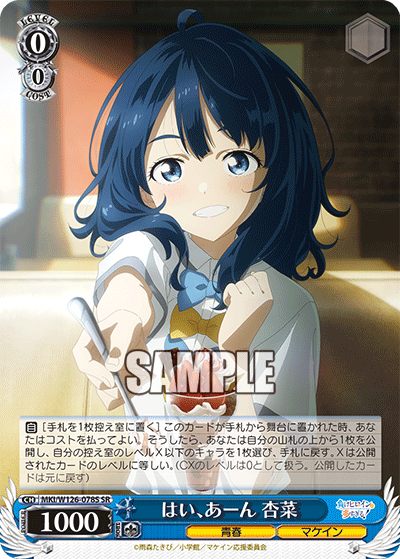
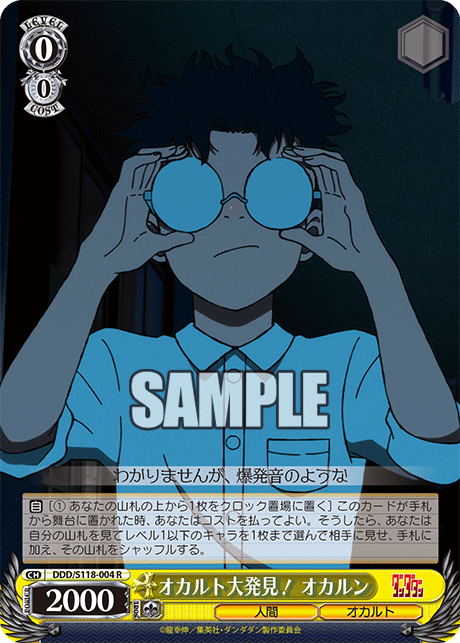
MKI/W126-078S-SR はい、あーん 杏菜 (center)
DDD/S118-004R オカルト大発見! オカルン (right)
Arguably, one of the biggest problems with modern set design is a lack of rigidity in preventing the use of the exact same cards in every deck. This is because of Weiss’ level zero ruling, allowing any card of level zero to be played without meeting colour requirements. While that rule was set in place to facilitate the game, the onslaught of generic strong utility pieces have become a staple standard that are undeniably found in almost every deck of that series. In terms of gameplay, it is great since every deck now has universal access to whatever utility profiles are printed for it. However, it also creates a problem of repetition and a feeling of sameness as multiple interactions with the series will end up revolving and showcasing the exact same cards over and over.
One argument that is also showcasing in some of Bushiroad’s incoming designs is the reintroduction of trait-locking. You can see the whole post over here if you want to know more. But in a quick summary, trait-locking would disincentivize repeat cycling the same utility profiles over and over in every deck. There is a caveat. With this kind of design philosophy, older series and even any upcoming series that doesn’t feature this mechanism would simply have an advantage in their card design pool in comparison. Colour-locking the level zero line up as an alternative would also be quite miserable. Given that level zero is important to set-up your game plan and grab advantage making tools for the later game, being colour-locked would slow the game to a crawl.
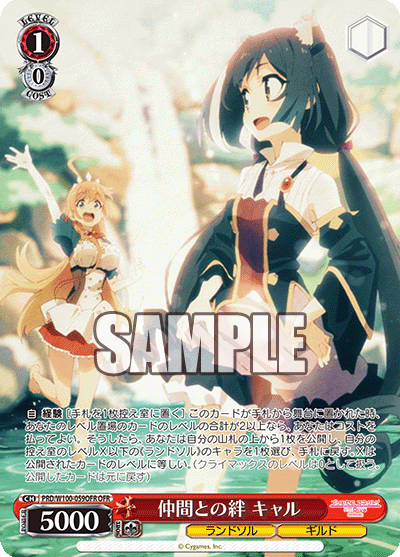
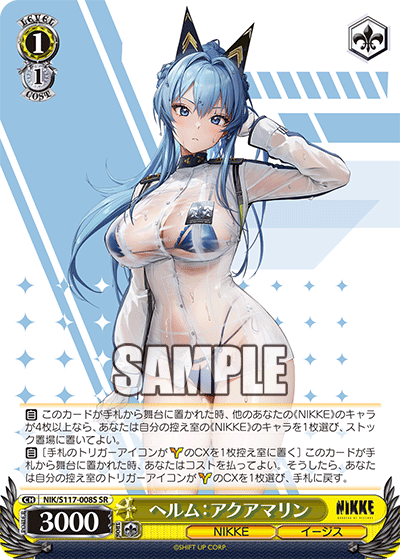
Ultimately, one suggestion to improve these designs is to increase restrictions and requirements for said cards to deploy their abilities. One other possible change in design is to move utility effects to higher levels, making people have to actually follow the colour-based requirements of the game.
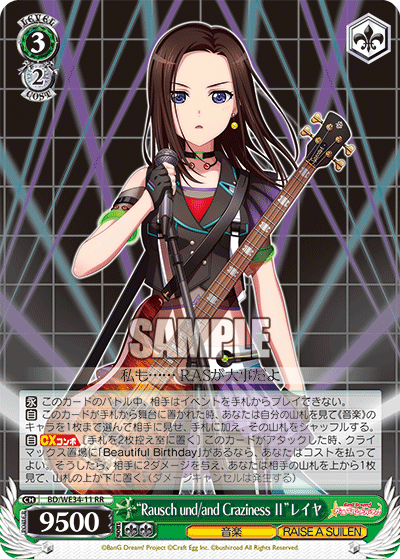
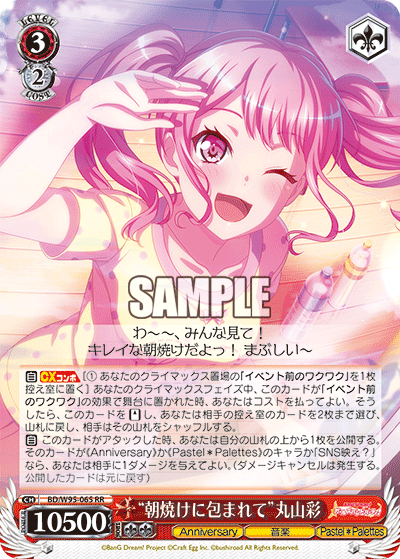
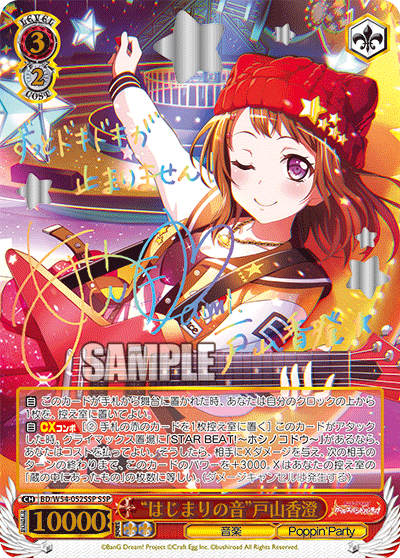
BD/W95-065RR “朝焼けに包まれて”丸山彩 (center)
BD/W54-052SSP-SSP “はじまりの音”戸山香澄 (right)
I think it is rather obvious to most players of the game, but Weiss, especially for those who have been playing since or before 2014, know that the vast majority of cards are meant to be played in certain archetypal shells. This isn’t to say that you are not allowed to play these cards outside of their shells, but the flavour of the cards, the traits, and some of the requirements, really give off the impression that many cards are meant to be joined by certain other cards. That is to say that the pool of cards in deck building isn’t as open as it may appear. Now this isn’t a hard-line rule. There is nothing stopping you from slamming say Kasumi from Poppin’ Party in BanG Dream! with that of Layer from RAISE A SULLEN from the same series into the same deck. Furthermore, their cards will probably still function, presuming they carry the universal trait that is available in that series.
So that begs the question: Why shouldn’t I just slam all the best cards together? The answer is there’s nothing stopping you. Outside of ban list restrictions, you aren’t forced to do anything. However, when you build these meta pile decks, you often miss out on certain synergies and flavour that was baked into the set design. Sure, some of these effects can be completely overlooked from a competitive perspective, but they can also be very fun and rewarding (at the very least to the fan who was drawn into buying the set for their fandom to begin with).



GIM/W124-088C 君と出会い、夢に翔ける 月村手毬 (center)
GIM/W124-007S-SR 世界一可愛い私 藤田ことね (right)
Most archetypal cards may not even directly enforce the archetypal synergy. In the case of Re:Iris above, which consists of Saki, Temari, and Kotone, the only card that cares about members from that specific group is the 0/0 Saki Helmet profile. However, the synergy and payoff may just not be outwardly pronounced. That is, the synergy isn’t directly printed on the card. For those who know, the reward for playing Re;Iris, that is the pay-off of the unit, is found with the finisher, 3/2 Temari. Temari rewards you for having a larger number of cards in your memory, the general gimmick or mechanic of said unit. However, there is nothing stopping you here from playing Re;Iris with other characters from their series. You can even technically use the group as a sub-memory engine in your deck if you would like without Temari’s payoff.
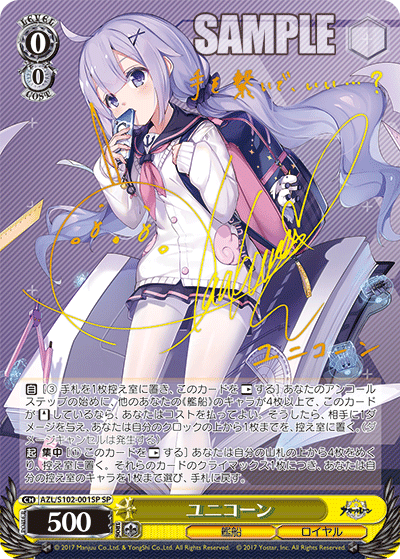
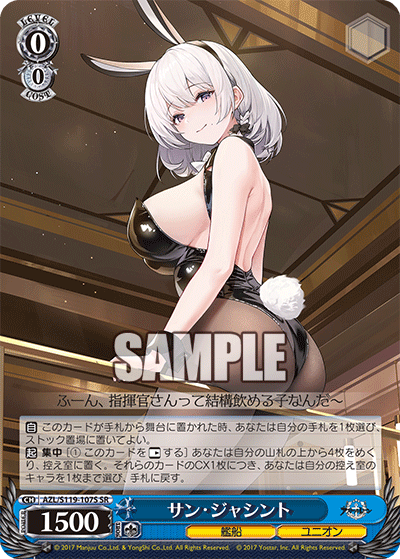
There is also a problem when it comes to comparing profiles, especially utility profiles. See the case above with two different brainstorms. Now, the thing here is that both brainstorms effectively do the same thing in terms of brainstorm capability (they are both salvage brainstorms). The only difference is their primary ability, but there are stark believers who would say that you would want Unicorn (left) over San Jacinto (right) in almost every case. Now, even for some stark believers who wish to play a pure Eagle Union (ユニオン) deck, they would be inclined to pick Unicorn over San Jacinto despite not having the same trait and betraying the theme just because Unicorn is theoretically better. Now my purpose here isn’t to critique the intrinsic power level of each card and then check them based on a case-by-case scenario. But for the majority of cases, there is no reason why you shouldn’t just use San Jacinto rather than playing Unicorn if you were to play a pure Eagle Union deck. Furthermore, in terms of abilities, both have different ups and downs. Unicorn provides a heavy and expensive upside while San Jacinto’s stock from hand on play may come in clutch in other circumstances and even enables a turn one brainstorm or other play.
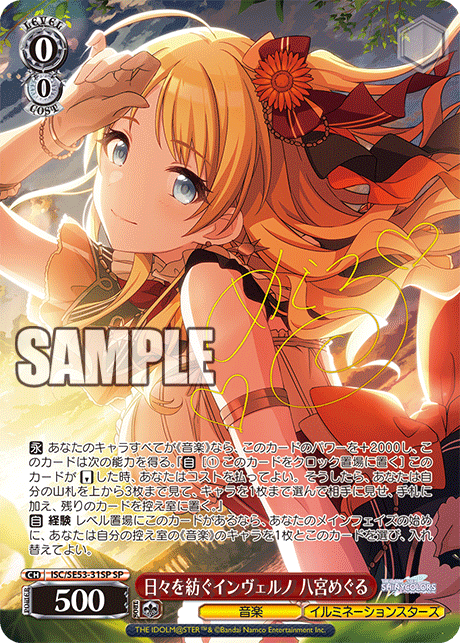
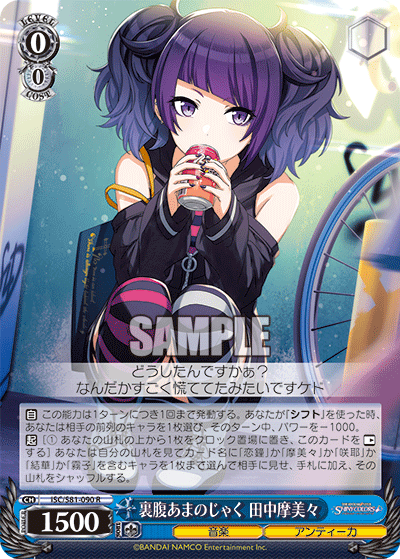
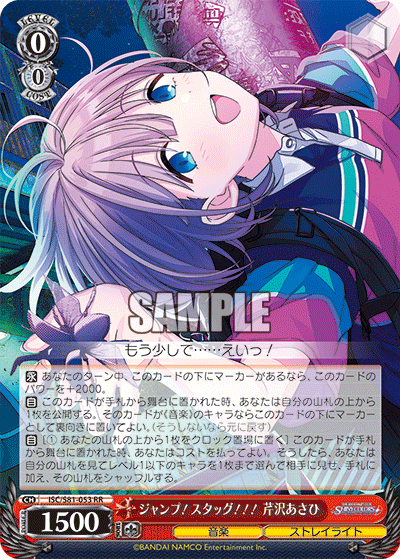
ISC/S81-090R 裏腹あまのじゃく 田中摩美々 (center)
ISC/S81-053RR ジャンプ!スタッグ!!! 芹沢あさひ (right)
And that’s just it. There are players who are unable to see past thinking of cards as exclusively upgrades and downgrades. The measure of a card’s worth is weighed against other cards in its class wherein a “winner” is decided. Take for instance, the Riki profile which is displayed above with three different variants. Many players will probably be aware of the Riki on the right with little to no awareness for the other two cards that also exist. When people think of “Riki” in Shiny Colours, the immediate card that appears in their heads is Asahi. I want to introduce the idea of parallel thinking. Rather than thinking of a certain profile as better or worse than others, we should think about how that profile slots into the specific deck that it is being played in. Asahi is universal utility, but, if you are say, are wanting to mill your deck while having cross turn power and a way to reset your level zone, Meguru may be better for this use case. Similarly, Mamimi is excellent in her own archetypal shell as she can nab any characters of any level as long as it fits her band mates’ names.
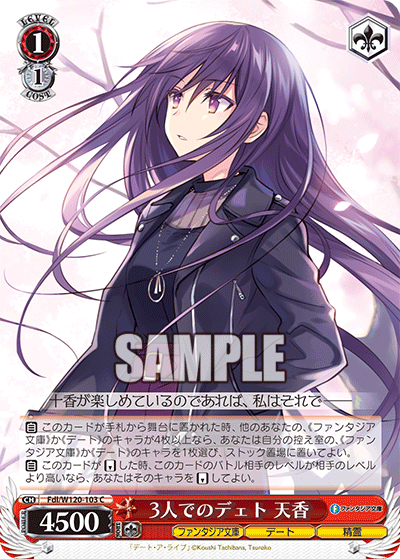
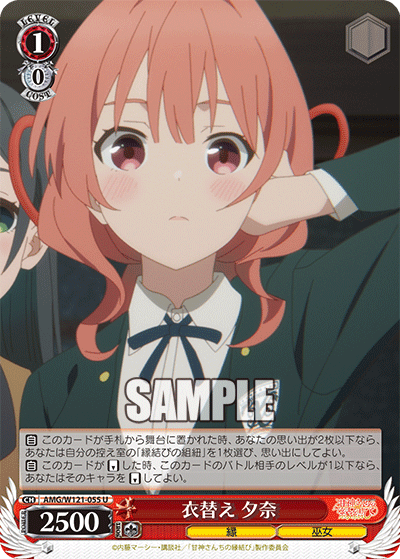
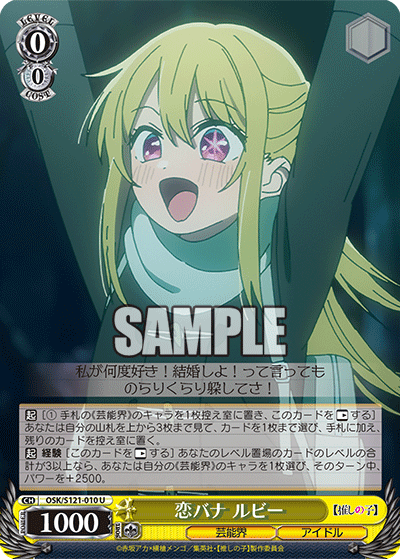
AMG/W121-055U 衣替え 夕奈 (center)
OSK/S121-010U 恋バナ ルビー (right)
Another misconception that I want to share light upon is the idea that sets have a “pool of playable cards” followed by a bulk of essentially trash. I’m not here to push the narrative of “one man’s trash is another man’s treasure.” That is not the point here. What I want to say is that far too many players often overlook what is essentially called the bulk pile. There are many cards within these piles that are underutilized, and in the right build, can greatly contribute to a more consistent, rewarding, and fun gameplay. People often just take a glance at the cards or through netdecking, never encounter these cards to begin with, and immediately dismiss these cards into the trash bin.
I’m not saying that you should dive in your garbage right now and dig up these cards. I’m always an advocate for buying singles as is. You end up with far too many copies and extra cards that you’ll probably never use logistically with opening product. I’m asking that you give these cards a second look and chance next time you consider building your decks.
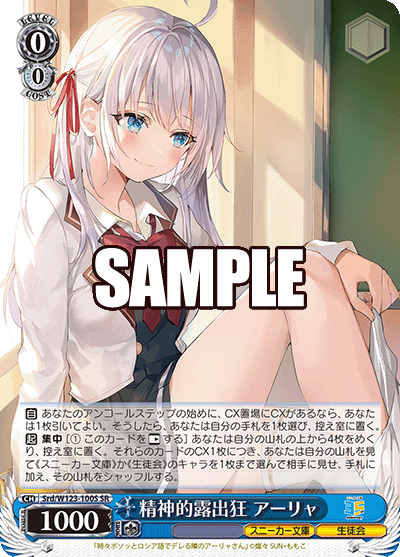
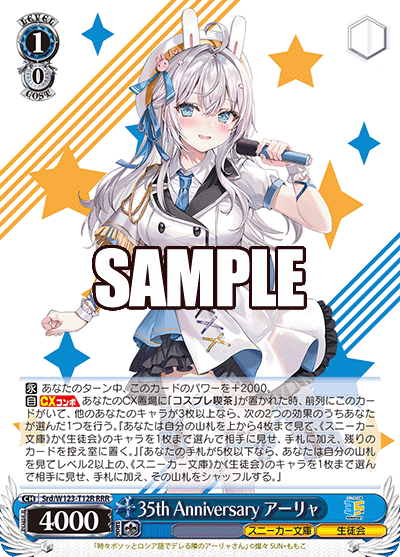
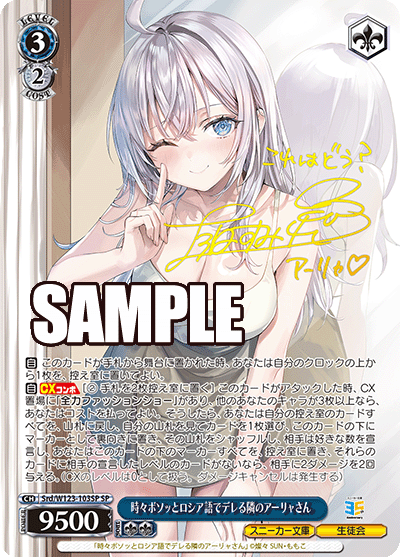
Srd/W123-T12R-RRR 35th Anniversary アーリャ (center)
Srd/W123-103SP-SP 時々ボソッとロシア語でデレる隣のアーリャさん (right)
As for the oldies, that is people like me from back in 2014, I think a common problem I have is convincing them that the game has changed. Back then, building archetypal decks was somewhat miserable. Your card pool was already partially locked to begin with and you were missing several utility or quality of life cards that exist in the modern day. However, times have changed. Old players need to realize that the old way of thinking of archetype decks no longer exists (at least to the way that they were back in 2014). Newer archetypal builds have been blessed with multiple utility profiles, maybe not every single one that you may want, but they have the core-requisites of modern day deck-building with quality profiles, advantage cards and capable finishers.

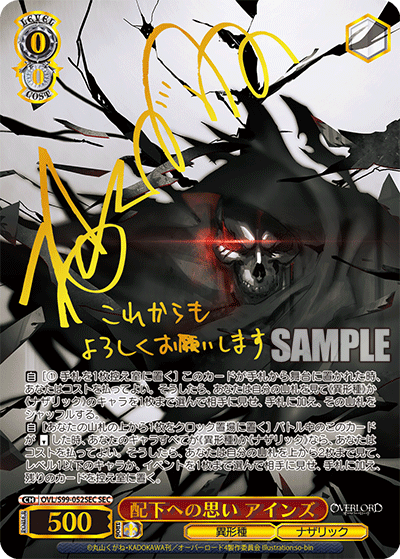
OVL/S99-052SEC-SEC 配下への思い アインズ (right)
I think the next consideration to speak about is the lack of x profile or a “weaker” finisher. This is where I want players to reevaluate the way that they think. The bitter reality is that other decks may have a stronger finisher or profiles that you won’t have access to when playing off a specified archetypal build. I cannot stop you from putting them in. However, a better question to ask is do you need these profiles? Is your deck remotely unplayable without them? And could your deck survive without using them? I think, more often than not, players have become fully dependent on these profiles as a way to sustain their gameplay. As for finishers, do you really need the “best” finisher in the set as determined by the community? Can you suffice on playing the finisher that’s best attributed to your own deck plan or the archetype? Lastly, it’s okay to miss out on something. You don’t have to have it all. It’s okay to not “have your cake and eat it too.”
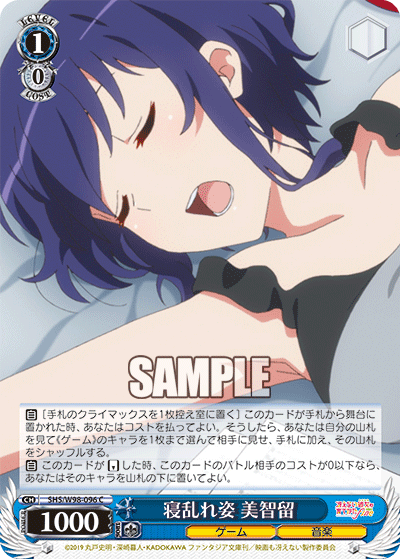
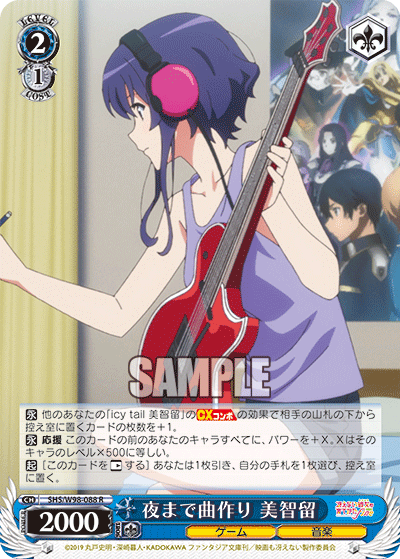
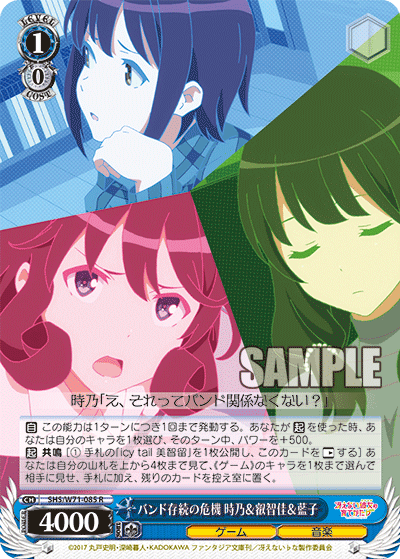
SHS/W98-088R 夜まで曲作り 美智留 (center)
SHS/W71-085R バンド存続の危機 時乃&叡智佳&藍子 (right)
As for my last push to try and convince the oldies, if you haven’t looked at the game in a long while, you should really take a glance into the available card pool. I admit I am generally more dismissive towards Bushiroad, but one thing they’ve been doing well for a long while has been giving additional support to older archetypes and strategies. You may be missing out on a fun interaction that can breathe some life into your older decks or play-styles.

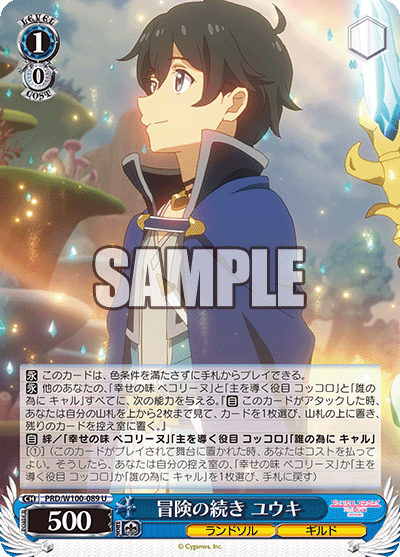
I do want to add that, in terms of design, Bushiroad is incredibly inconsistent. And furthermore, with some of the requirements and designs they have placed in the game, they have effectively “cheated” cards on their own rules. In some cases, it’s understandable, but it’s a dangerous path to treed on. Some mechanics, such as costless cards with soul icons, designed mainly to support the choice climax design, have contributed to pushing the game’s speed by giving decks running these cards more damage potential in swings. Cards without colour requirements just remove any building requirements whatsoever. I’m not necessarily saying that these designs are evil, but when these types of effects can be freely introduced and put into any deck without repercussion, that’s where balancing becomes much more difficult to consider.
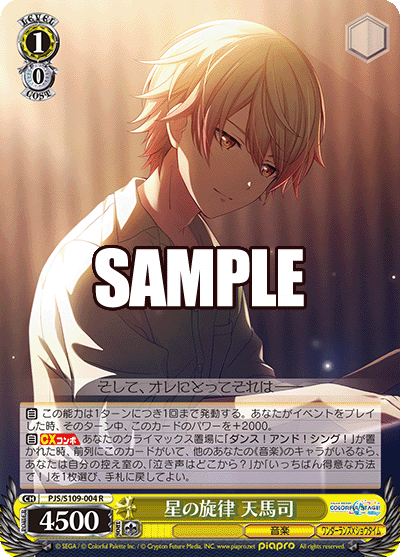
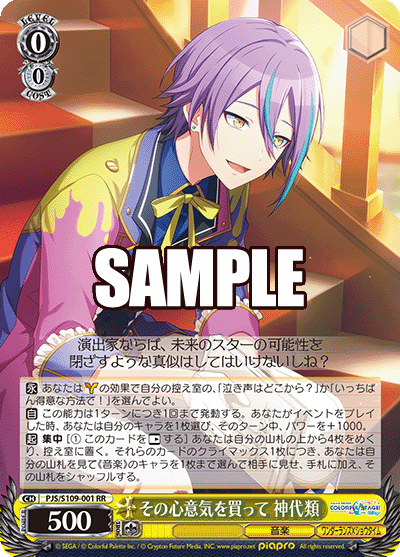

PJS/S109-004R 星の旋律 天馬司 (center)
PJS/S109-060RR アウトドアクッキング! 青柳冬弥 (right)
Lacking true restrictions can often lead to frustrating or seemingly overpowered builds that Bushiroad admittedly scales back on. And this is the danger of removing the so-called “arbitrary” safeguards that limit deck building. Furthermore, I believe there is beauty and skill in building around constraints in a smaller pool. This also helps new players as they don’t need to be overwhelmed by the sheer amount of available cards. Cards shouldn’t be trying to cover for a deck’s weaknesses; cards should be designed to promote and push a deck’s own strengths. As a result of lack of deck building constraints, we have the opposite happening like in the above example where Vivid Bad Squad’s finisher covers the finishing power while having a less powerful early game advantage engine which is covered by Wonderland Show Time’s level one package. While the idea of covering all your weakness is a nice concept, that’s just not the reality of deck building.
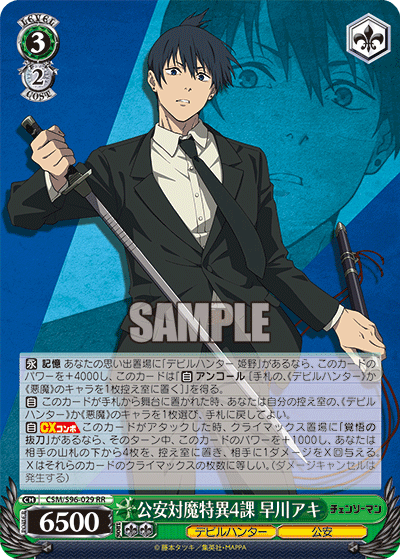
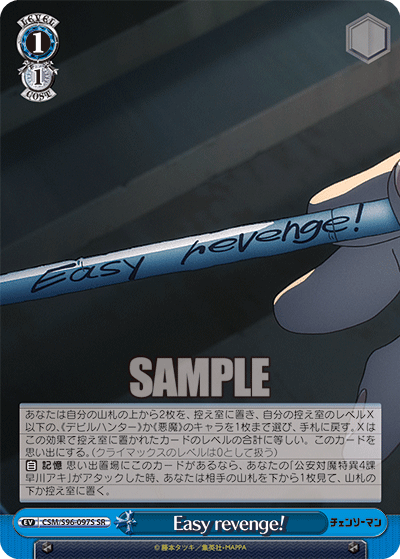
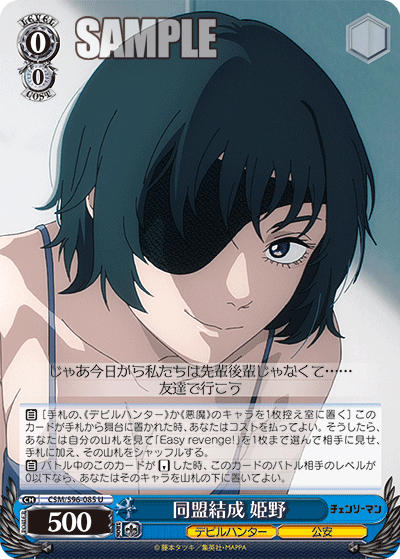
CSM/S96-097S-SR Easy revenge! (center)
CSM/S96-085U 同盟結成 姫野 (right)
That doesn’t mean that playing archetypal builds is necessarily “fair” either. Some of the strongest synergies are latent in archetypal builds. And even then, some revisions may have to take place to hamper strategies that are part of an exclusive archetype.
I want to end the post by saying that it is alright to not be “optimal” or try and build things on a set theme, even if that theme doesn’t make your deck the strongest or most powerful around. I want to state something that may or may not be obvious to players. Bushiroad, even as the parent company for the game, is not necessarily the be-all and say-all when it comes to design and balancing. They’ve made plenty of mistakes that they’ve admitted to as well. That doesn’t necessarily mean that competitive players online or even the casual member across from the table from you should be given the definitive opinion on design and balancing either. Weiss is a game. Bushiroad supplies the pieces. Ultimately, it is just on you and your friends to decide what is fair and what is fun.